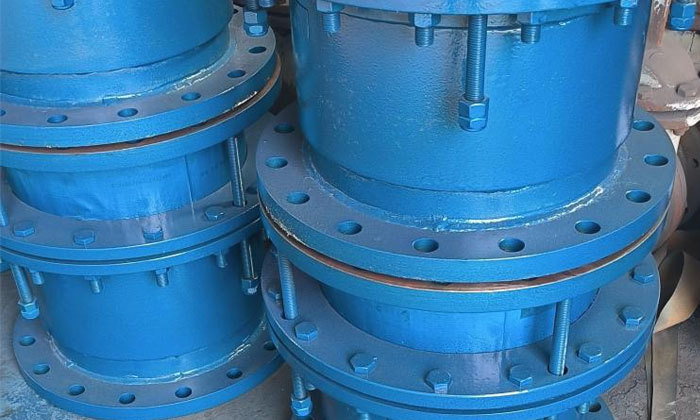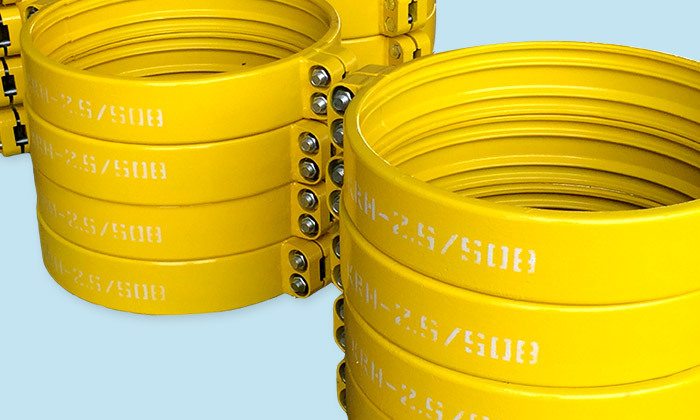Products
Cast basalt tile
- All
- Product management
- News
- Introduction
- Company locations
- FAQ
- Company videos
- Company Brochure
The main use of cast stone plates is as wear-resistant and corrosion-resistant linings, mainly used in power companies, metallurgy, mining, chemical industry, etc.
In power plants, they are mainly used for coal unloading chute linings (civil engineering), coal mill hopper linings, ash slag ditch linings, dust collector linings, slag removal machine linings, etc.
In metallurgy and mining, cast stone plates are mainly used for the linings of charging hoppers, flotation machine linings, scraper conveyor linings, blast furnace slag ditch linings, coking plant charging hoppers, etc.
In the chemical industry, they are mainly used as corrosion-resistant flooring, linings for acid and alkali washing tanks, linings for raw material mixers, and linings for low-temperature reaction kettles, etc.
They also have wide applications in other industries, such as foundry sand mixer linings, automobile brake testing ground linings, paper mill pulp grinder linings, etc. In short, wherever there is corrosion and wear, the use of cast stone plates can be considered. However, cast stone is a brittle material, not resistant to strong impact, and the operating temperature should not exceed 300℃.
Currently, our company produces single basalt cast stone plates, which are currently the best performing cast stone plates on the market. We can design the shape of the cast stone plates according to customer requirements. For standardized equipment, we can help customers arrange the layout according to usage requirements, so that customers can construct according to the number, which can effectively improve the construction speed and project quality, and is conducive to better performance of our products.
Because our company's cast stone plates use a rapid crystallization process, an embossed pattern can be applied to the bonding surface during processing, which can effectively improve the bonding strength of the cast stone plates. Compared with the flat bonding surface, its bonding strength can be increased by 3-5 times.













